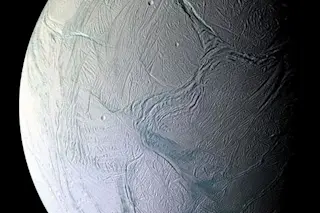Please click to watch a video showing a coronal mass ejection exploding from the Sun, followed by the formation of coronal loops. (Source: NASA SDO) As NASA's Solar Dynamics Observatory watched on April 19, 2017, a huge explosion of hot, ionized gas and magnetic field blasted outward from the Sun. Immediately following this coronal mass ejection, or CME, gargantuan loops of glowing plasma many times larger than Earth arced high in the Sun's atmosphere. Such bright coronal loops form as charged particles spin along the Sun's magnetic field lines. While such displays occur frequently on the Sun, a description on NASA's SDO website noted that this one was unusual: "We have observed this phenomenon numerous times, but this one was one of the longest and clearest sequences we have seen in years." The action was captured in a combination of two wavelengths of extreme ultraviolet light over a period of ...
Watch as a giant explosion on the Sun blasts material into space, followed by dancing loops of glowing gas
Explore the stunning coronal mass ejection and the gargantuan loops of glowing plasma it creates on the Sun's surface.
More on Discover
Stay Curious
SubscribeTo The Magazine
Save up to 40% off the cover price when you subscribe to Discover magazine.
Subscribe












